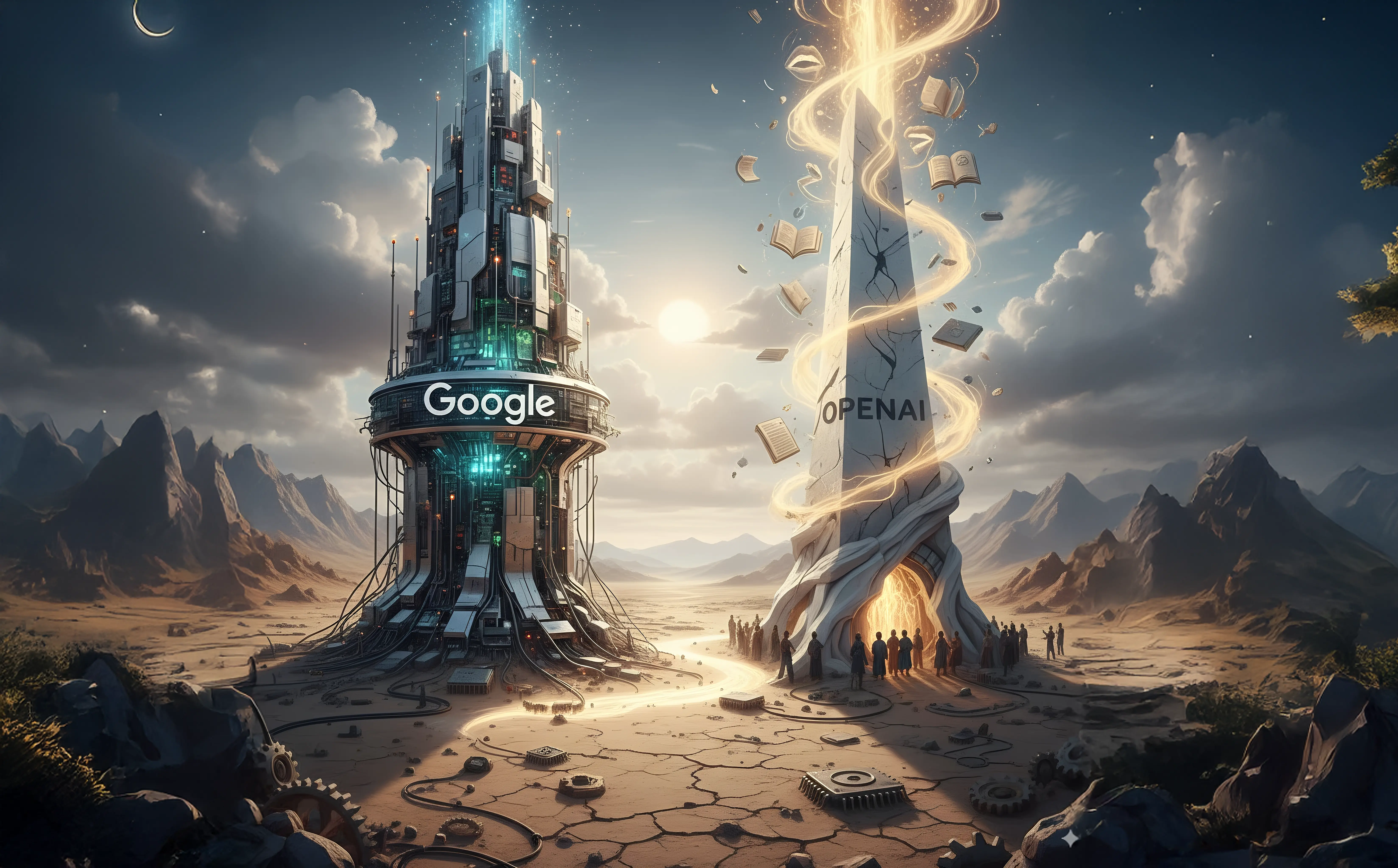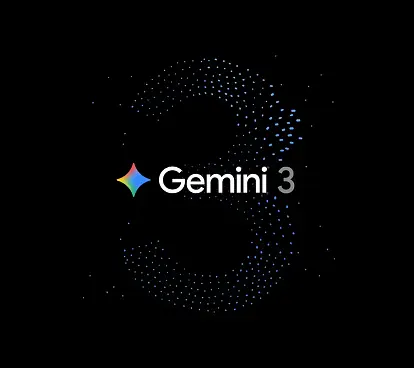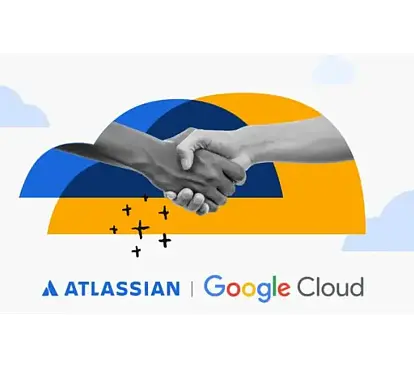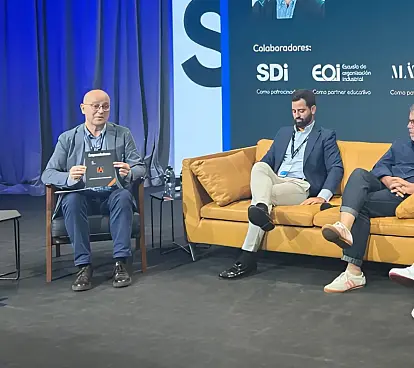
Google now has the missing piece to lead the AI race
September 11, 2025
To win the AI race, having the best technology is not enough. Owning the narrative is key to captivating public opinion
The launch of ChatGPT by OpenAI marked a before and after in the world of artificial intelligence. What had once been a niche technology, known and discussed mainly by experts, was opened to the general public, unleashing a whirlwind of opinions and expectations.
At that time, the AI landscape was centered on tech giants leading research mainly to apply results to their own business development and improvement, occasionally sharing progress through scientific publications. However, the arrival of ChatGPT changed the rules of the game.
The perception of key industry players evolved. OpenAI emerged as a bold and disruptive competitor, forcing big tech companies to react and speed up their own launches, while also energizing the startup and investment ecosystem like it hadn’t been seen in years.
Although Microsoft was one of the companies that benefited the most in the early stage thanks to its support of OpenAI, the names that stuck in the minds of the public were ChatGPT and Sam Altman.

Google’s “awakening”
The past few years for Google in AI can be described as the story of a giant forced to accelerate and reorganize in order not to lose a leadership position that was beginning to slip away.
Google has shifted from a cautious research-first approach to a more aggressive strategy of product launches, reorganization, and accelerated development, with the arrival of Gemini marking a turning point that showed the giant wasn’t asleep, but rather ready to lead the new AI era.
Google Brain and DeepMind have been at the forefront of AI research for years. Many of the fundamental breakthroughs in AI, such as Transformer models (the backbone of today’s LLMs), originated at Google. The company also has unique hardware infrastructure, with its custom-designed TPUs (Tensor Processing Units) for AI workloads, giving it a competitive advantage in performance and efficiency while reducing its dependency on NVIDIA, another key player in this revolution.
For businesses, Google Cloud offers a comprehensive and robust suite of AI services. With Vertex AI, companies can manage, customize, and deploy AI models at scale, backed by strong security and compliance guarantees. This is what organizations are looking for—not just an app and a language model, but a secure, end-to-end platform.
And of course, the launch of Gemini 2.5 and the evolution of its model family marks a crucial milestone, consolidating Google’s position not only as a competitor, but as the only company with a strong presence across all key areas of AI, with full vertical integration (models, infrastructure, platform, and application).
While earlier versions of Gemini demonstrated dominance in text and multimodal domains, the leap to version 2.5 points to a strategy focused on integration and specialization.
When we talk about Gemini today, we’re talking about much more. It’s not just a powerful model, but an interconnected ecosystem. Models like Imagen and Veo are not isolated entities, but extensions of Gemini’s multimodal capabilities.
This synergy is central to Google’s strategy: creating a holistic AI capable of understanding, reasoning, and generating content across multiple formats seamlessly, enabling richer user experiences and a decisive competitive edge in a market where multimodal interaction is becoming essential.
But this is still not enough to lead the AI race. Despite all these advances—and many more not mentioned here—public opinion continues to recognize OpenAI as the leader.

Artificial Intelligence appeals to the eye
At this stage, we could say that Google has taken the technological lead in terms of completeness. It has all the pieces needed to lead and be independent—and each of those pieces typically ranks near the top in its category. And yet, it’s still debatable whether Google holds the leadership position. Why? Let’s go back to OpenAI’s example.
With the launch of ChatGPT, OpenAI achieved something crucial: capturing the public’s imagination.
ChatGPT was simple, easy to use, and accessible to everyone. This triggered a massive wow effect and placed the spotlight firmly on OpenAI. The public and the media started talking about AI through the lens of ChatGPT’s capabilities, not through enterprise features or technological characteristics. Not even in terms of revenue and profit—OpenAI’s weakest points.
Here’s where Sam Altman did something very well: he seized the narrative. The ChatGPT brand became synonymous with AI, and its models are still considered by many as the benchmark.
OpenAI positioned itself as the outsider challenging the tech giants. This created a highly attractive narrative that captured the attention of the press, investors, and the public.
Google already had the technology. OpenAI had the story.

A banana
Nano Banana has become the novelty of the moment. With it, anyone can edit and generate photos with AI directly from Gemini—and it stands out for its ease of use and the high quality of its results.
Although the name is quirky and eye-catching, this tool is actually what Google has called the Gemini 2.5 Flash Image model. But what does it offer exactly?
Users can write simple prompts for Nano Banana to interpret and execute in seconds, but unlike other tools, it can maintain the same style or character across multiple edits, delivering more realistic and natural results.
In other words, until now there was one thing AI struggled with: retouching an image without reinventing it. Google solved this with Nano Banana, and the news has gone viral, with many even considering the end of Photoshop’s reign.
Here’s Lenny, my dog, in different settings created with Nano Banana: the AI changes the contexts while preserving his identity. Honestly, you can spend a long time playing around with all its possibilities.

Nano Banana has communicated itself really well. Talking about technology, infrastructure, or models means abstract concepts for the general public—and that bores most people.
Nano Banana, on the other hand, was introduced in a very original way: as a tangible, useful tool that anyone can use. It has been presented as a disruption that millions of people can immediately find useful, opening a wide range of practical and creative possibilities within everyone’s reach.
With Nano Banana, Google has taken a step in the right direction to own the narrative, bringing it closer to undeniably leading the race in artificial intelligence.
Our latest news
Interested in learning more about how we are constantly adapting to the new digital frontier?

Tech Insight
November 20, 2025
Hello Gemini 3: The smartest and most powerful model to date has arrived

Tech Insight
September 29, 2025
Why Speak to LLMs in English? The Technical Reality Behind AI's Most Repeated Advice

Tech Insight
August 11, 2025
Atlassian and Google Cloud: The alliance that multiplies the value of our technological ecosystem

Tech Insight
July 1, 2025
The ultimate guide to applying AI with insight: from theory to real-world cases that transform your business
